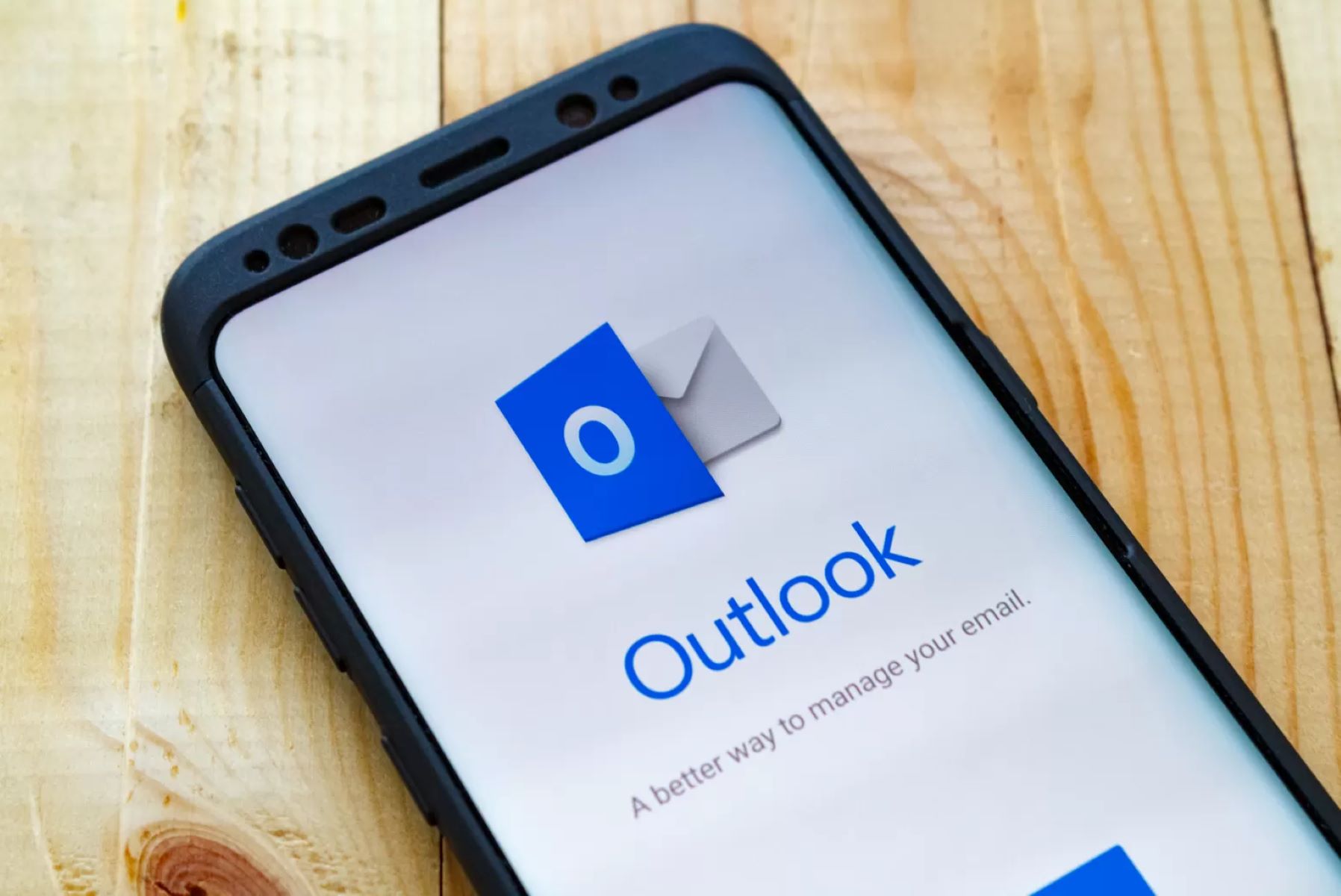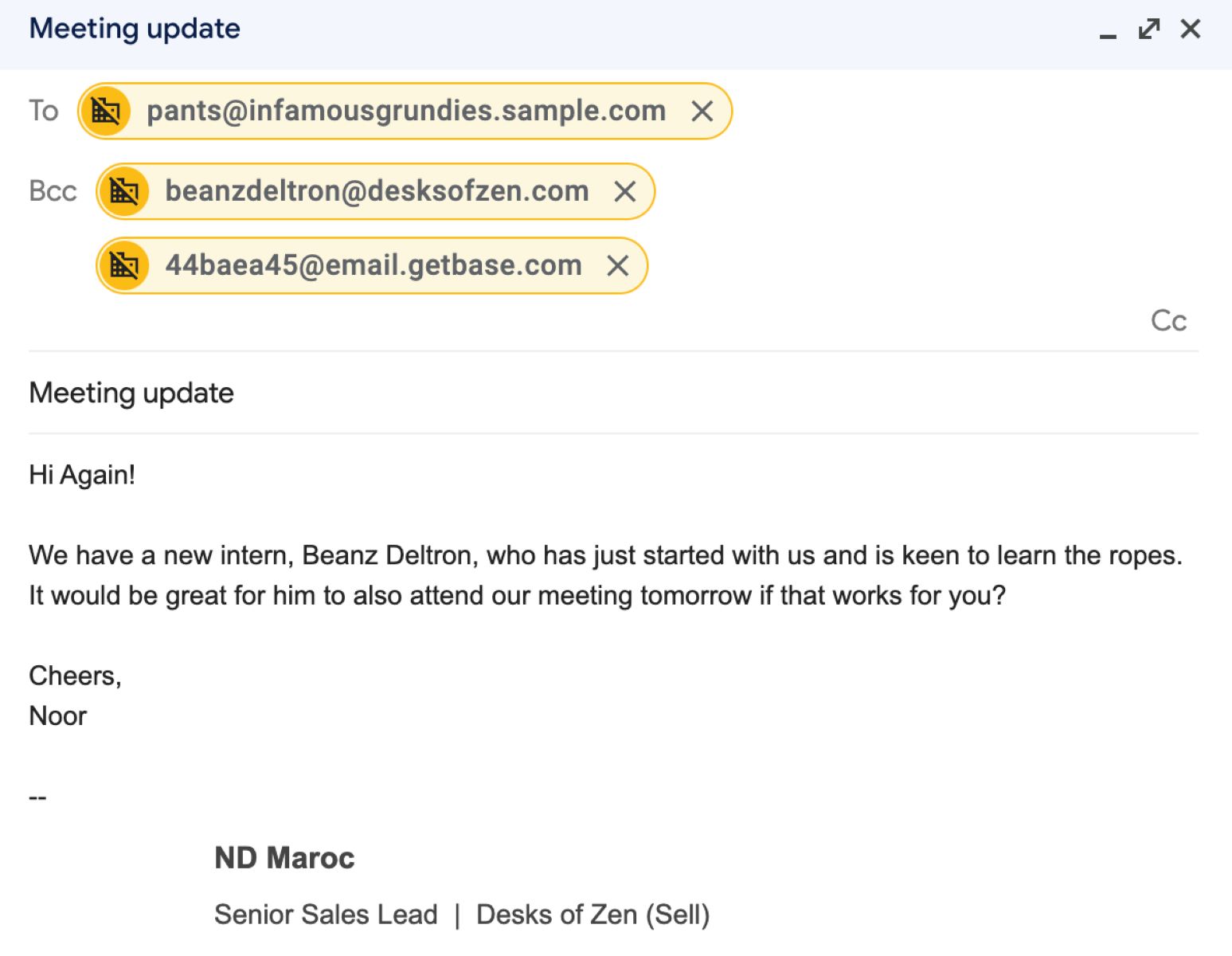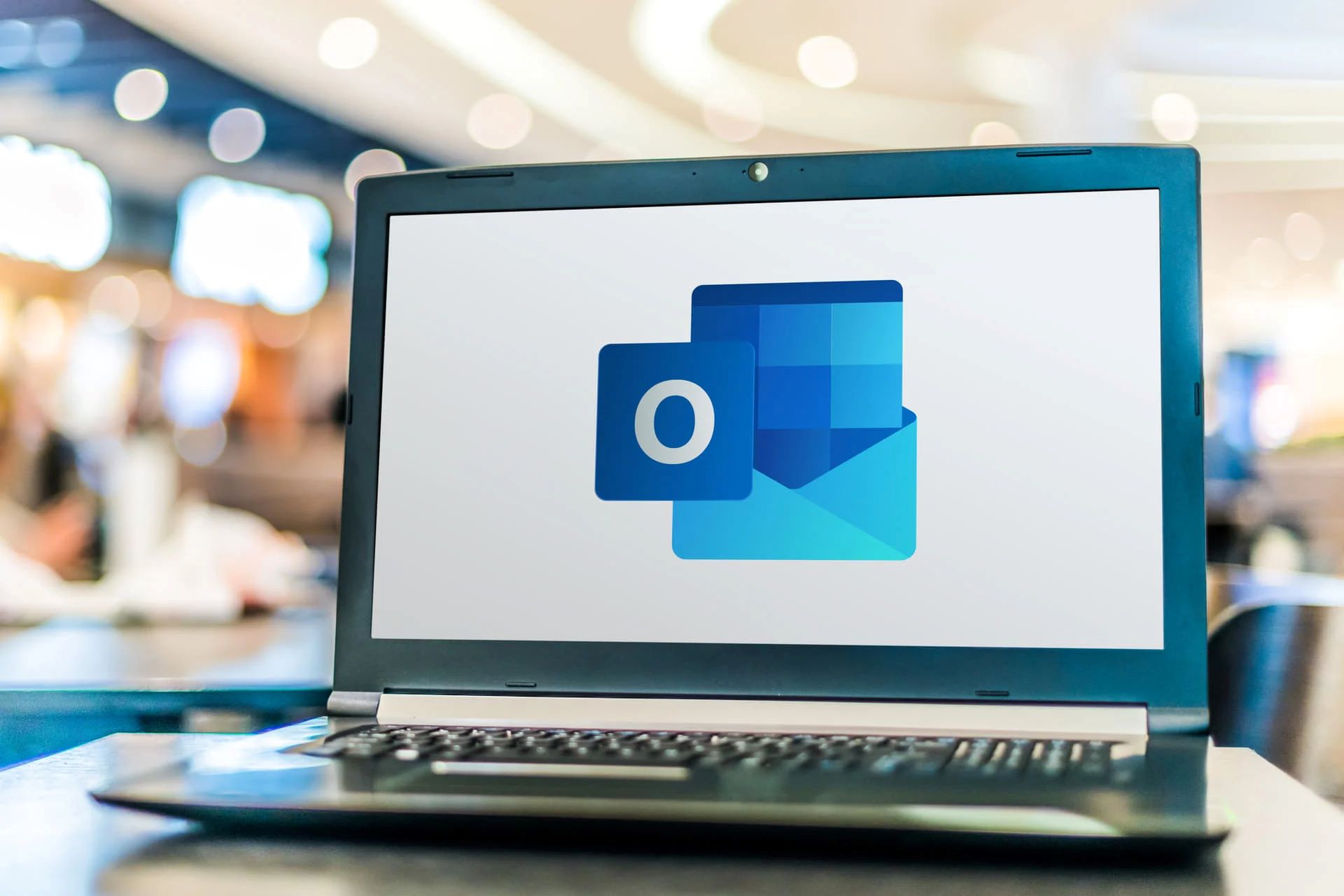Introduction
Email forwarding is a common practice used by individuals and businesses to easily share emails with others. It allows users to redirect incoming emails from one account to another, ensuring that important messages can be accessed from a central location. However, the process of email forwarding raises a common question: when you forward an email, does the original sender see it?
Understanding how email forwarding works and the visibility of the original sender is essential for maintaining privacy and ensuring effective communication. In this article, we will delve into the intricacies of email forwarding and explore the visibility of both the sender and the recipient.
Let’s explore the technical aspects of email forwarding, including email headers and metadata. We will also discuss any exceptions or scenarios where the original sender may or may not be visible. Finally, we will conclude with some best practices to follow when forwarding emails to protect privacy and maintain proper email etiquette.
So, if you have ever wondered about the extent to which an email’s sender can see the forwarded message, keep reading! By the end of this article, you will have a clear understanding of the visibility involved in email forwarding and be equipped with the knowledge to handle your email communications more effectively.
How Email Forwarding Works
Email forwarding relies on the concept of rerouting incoming messages from one email address to another. When an email is forwarded, it is essentially being sent from the original recipient’s inbox to another designated recipient or multiple recipients. This process involves a series of technical steps that ensure the seamless delivery of the forwarded email.
When setting up email forwarding, the user specifies the forwarding address(es) to which the incoming messages should be redirected. This could be another email account within the same domain or a completely different email service provider. The process of forwarding involves routing the email through the email server of the original recipient and then transmitting it to the specified forwarding address.
To facilitate this forwarding process, email servers use protocols such as Simple Mail Transfer Protocol (SMTP) and Internet Message Access Protocol (IMAP). SMTP enables the server to send the email to the designated address, while IMAP allows the recipient to access and manage the forwarded emails.
It is important to note that while email forwarding redirects the message to a different address, it does not alter the content of the email. The forwarded email retains the same subject line, body, attachments, and other relevant information. This means that any tracking information or read receipts included in the original email may still be visible in the forwarded message.
To ensure a smooth forwarding experience, it is essential to have a stable and reliable email server. If the server experiences any disruptions or technical issues, it may result in delayed or failed forwarding of emails.
Now that we have covered the basics of how email forwarding works, let’s move on to discussing email headers and metadata, which play a crucial role in determining the visibility of the original sender when an email is forwarded.
Email Headers and Metadata
When an email is sent, it contains various pieces of information known as email headers and metadata. These elements provide essential details about the email, including the sender, recipient, subject, date, and other technical information. When an email is forwarded, this information is typically preserved in the forwarded message.
The email header is the portion of the email that contains crucial routing and identification information. It includes the From field, which indicates the original sender of the email, the To field, which specifies the recipient(s), the Subject field, which displays the subject of the email, and other relevant details. The headers also contain unique identifiers, such as Message-ID and Received headers, that help trace the email’s path through various servers.
Metadata, on the other hand, refers to additional information embedded within the email. This can include information about the email client or service provider, the time and date of sending and receiving, IP addresses, and more. Metadata provides valuable insights for troubleshooting and tracking email communications.
When an email is forwarded, both the email headers and metadata are usually preserved. This means that the original sender’s information remains visible in the headers of the forwarded email. Recipients of the forwarded message can easily view the original sender’s email address, name, and any other identifying information contained within the headers.
It is important to note that email clients and services may vary in how they display email headers and metadata. Some email programs hide or display a simplified version of the headers by default, while others provide an option to view the complete headers. As a result, the visibility of the original sender’s information may depend on the email client being used.
In the next section, we will explore whether the original sender can see that their email has been forwarded and the visibility of the recipient when forwarding an email.
Sender’s Visibility When Forwarding
When it comes to the visibility of the original sender when an email is forwarded, the general rule is that the sender is usually not aware that their message has been forwarded. From the sender’s perspective, the forwarded email appears as a regular message they sent to the original recipient.
While the sender’s information, including their email address and name, is typically visible in the email headers of the forwarded message, there is no standard mechanism for the sender to be notified or alerted about the forwarding activity. This means that the sender is often unaware of who received the forwarded email and whether any subsequent actions were taken.
It is important to keep in mind that the sender may have certain expectations regarding the confidentiality and privacy of their email. If you are planning to forward someone else’s email, it is crucial to consider the sender’s privacy concerns and obtain their consent if necessary.
Additionally, some email services or clients may offer the option to enable read receipts or email tracking, which can alert the sender when their email has been opened or forwarded. However, these features are not universally supported and may require the sender and recipient to be using the same email service or client for tracking to work effectively.
To ensure the sender’s privacy and respect their expectations, it is good practice to exercise caution when forwarding emails. Before forwarding, consider whether the content is appropriate to be shared with others and whether the sender would be comfortable knowing that their message is being forwarded.
In the following section, we will explore the visibility of the recipient when an email is forwarded, as well as any exceptions to the general rule of sender invisibility.
Recipient Visibility When Forwarding
When forwarding an email, the visibility of the recipient depends on how the forwarding is executed. In most cases, the recipient of a forwarded email can see the original sender’s information, including the email address and name, in the email headers of the forwarded message.
When the recipient receives a forwarded email, they can review the email headers to identify the original sender. This visibility allows the recipient to know who initiated the conversation and enables them to respond or take necessary actions accordingly.
However, it is essential to note that the visibility of the original sender does not grant the recipient any additional privileges or permissions over the forwarded email. The recipient should respect the privacy of the sender and the original context of the email, refraining from sharing or further forwarding the email without proper authorization.
It is also worth mentioning that some email services or clients may have a feature that allows the recipient to edit the content of the forwarded email before sending it to another recipient. In such cases, the recipient can add their own input or commentary to the email body, but the original sender will still be visible in the email headers. This enables transparency and ensures that the recipient’s action of forwarding is traceable.
Exceptions to recipient visibility can arise in certain scenarios. For example, if the original sender explicitly requests that their information be kept confidential or if the recipient chooses to manually remove or alter the email headers before forwarding, the visibility of the original sender may be limited or completely removed. However, it is important to consider ethical and legal ramifications when modifying or omitting email headers, as doing so can potentially violate privacy laws or norms.
In the next section, we will discuss some best practices to follow when forwarding emails to maintain privacy, etiquette, and effective communication.
Exceptions to Email Forwarding Visibility
While it is generally the case that the original sender’s information is visible when an email is forwarded, there are some exceptions where the visibility of the sender may be limited or altered. These exceptions often depend on specific settings, email clients, or actions taken by the sender or recipient.
One exception is when the original sender explicitly requests that their information be kept confidential or if the recipient has agreed to respect their privacy. In such cases, the recipient should take necessary precautions to ensure that the sender’s details are not shared in the forwarded message. This may involve removing or modifying the email headers or using specific privacy settings provided by the email client or service.
Another exception is when the recipient chooses to manually alter or remove the email headers before forwarding. While technically possible, it is important to exercise caution when modifying or omitting email headers as it can potentially violate privacy laws or norms. It is recommended to only make changes with proper authorization or legal consent, and to be transparent about any alterations made to the original message.
Additionally, some email clients or services offer features that allow users to selectively forward portions of an email rather than the entire message. In such cases, the visibility of the original sender’s information may be limited to only the specific portion being forwarded. This can help maintain the privacy of the sender while still allowing the recipient to share relevant information with others.
It is crucial to note that exceptions to email forwarding visibility should be handled with care and in line with legal and ethical considerations. Modifying email headers or keeping the sender’s information confidential without their consent may undermine trust and result in potential legal consequences.
Now that we have explored the exceptions to email forwarding visibility, let’s move on to discuss some best practices to follow when forwarding emails to ensure privacy, maintain proper email etiquette, and improve communication.
Best Practices for Email Forwarding
When it comes to forwarding emails, it is important to follow some best practices to ensure privacy, maintain proper email etiquette, and improve communication. By implementing these practices, you can prevent potential misunderstandings, protect sensitive information, and foster better relationships with both senders and recipients.
First and foremost, always consider the privacy and confidentiality of the original sender. Obtain consent before forwarding someone else’s email, especially if it contains sensitive or personal information. Respecting the sender’s privacy rights helps build trust and strengthens professional relationships.
Secondly, carefully review the content of the email before forwarding. Ensure that the information being shared is relevant and appropriate for the recipient(s). Avoid forwarding unnecessary or irrelevant messages that can clutter inboxes and waste valuable time. Selective forwarding can help streamline communication and improve efficiency.
When forwarding an email, it is good practice to provide context or a brief explanation to the recipient(s). This can help them understand the purpose of the forwarded message and the actions required from them. Adding a personal note can also show consideration and enhance the overall communication experience.
Before forwarding an email, double-check the recipients’ email addresses to avoid sending to the wrong individuals. This is particularly important when the original email was addressed to a specific person or group, and the forwarded message might contain information meant only for them. Accidental exposure of sensitive information can lead to misunderstandings or breaches of confidentiality.
Use email forwarding sparingly. While email forwarding can be a useful tool for sharing information, excessive forwarding can lead to email overload and contribute to information overload. Consider the importance and relevance of the message before deciding to forward it. If it is not critical or directly relevant to the recipient, it may be best to refrain from forwarding.
Finally, educate yourself about the features and settings of your email client or service provider. Understand how email forwarding works within your specific system and take advantage of any privacy or customization options available. This will help you make informed decisions and manage your email communications more effectively.
By following these best practices, you can maintain privacy, respect the original sender’s intent, and optimize the value of email forwarding in your professional and personal interactions.
Conclusion
Understanding the intricacies of email forwarding and the visibility of the sender and recipient is crucial for effective communication and maintaining privacy. Forwarding an email typically allows the recipient to view the original sender’s information in the email headers, while the sender is often unaware when their email is forwarded.
Email headers and metadata play a significant role in determining the visibility of the original sender. While exceptions exist, such as when the original sender requests confidentiality or the recipient manually modifies the headers, it is important to handle these situations with care, respecting privacy and legal considerations.
To ensure proper email etiquette and privacy protection, it is recommended to obtain consent before forwarding someone else’s email and to only share relevant and appropriate information. Providing context and adding personal notes can enhance communication and prevent misunderstandings. Additionally, double-checking recipient addresses and being mindful of excessive forwarding can contribute to better email management.
Educating oneself about email client settings and features is essential for effective email forwarding. Understanding how forwarding works in your specific email system allows you to make informed decisions and customize privacy settings according to your preferences.
By following best practices, we can maintain respectful communication, protect privacy, and foster stronger relationships with both senders and recipients.
So, the next time you find yourself in a situation where you need to forward an email, remember to consider the visibility of the sender, respect confidentiality, and make conscious choices to enhance the overall email experience for everyone involved.

























